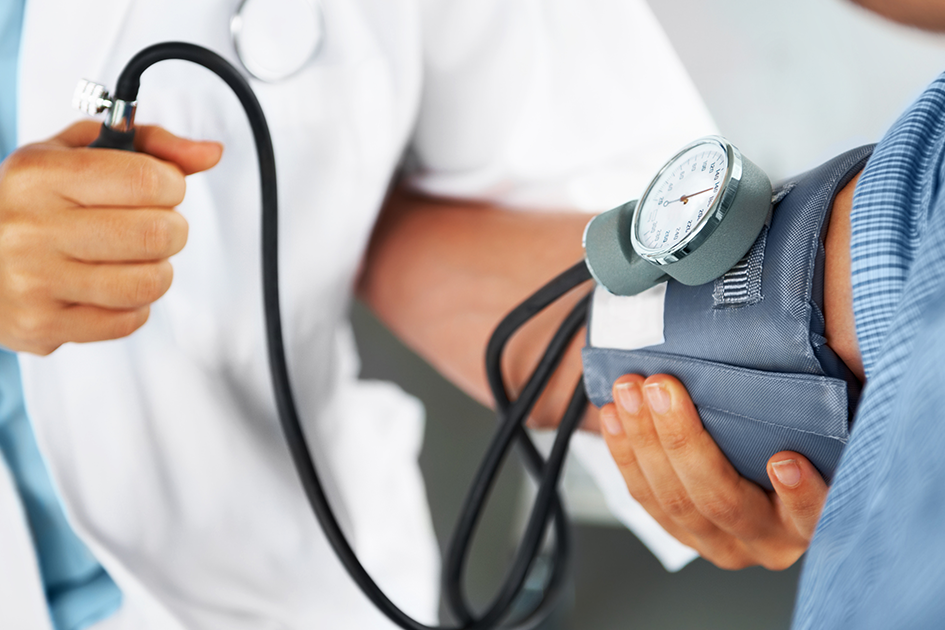Holter Monitor Testing
A Holter monitor is a small, battery-powered device that measures and records the electrical activity of the heart, such as the heart rate and rhythm, over the course of 24 hours or longer.
What is a Holter monitor?
A Holter monitor is a small, portable electrocardiogram (ECG or EKG) monitor that patients wear while carrying out their normal day-to-day activities over the course of a 24-hour period or longer. While wearing the Holter monitor, you are asked to keep a diary of activities and to record any symptoms experienced so that their doctor has a clear understanding of what the patient is doing hour by hour. The use of a Holter monitor allows your cardiac care team to examine your heart rate and rhythm while you are at home carrying out their everyday activities. This information can be used to determine if the patient has a heart rhythm problem.
Why is a Holter monitor used?
If the patient is showing signs or symptoms of a heart rate or rhythm problem, such as an irregular heartbeat (cardiac arrhythmia) or unexplained fainting, your physician may order an ECG/EKG. Since the ECG/EKG is only a 5- to 10-minute recording of the heartbeat, irregularities may not always be detected. If the patient's symptoms suggest an occasional irregular heart rhythm may be causing their condition, your doctor may recommend they wear a Holter monitor to potentially detect irregularities the ECG/EKG was unable to identify.
What can I expect during Holter monitor testing?
When you arrive to your appointment for the Holter monitor, a technician will place small plastic stickers (electrodes) on the patient's chest. The electrodes are connected to the portable ECG/EKG recording device by small clips and wires. The Holter monitor can be worn underneath the shirt on a strap or be attached to a belt. Once the Holter monitor is connected and attached, it is important not to remove it for the entirety of the test. You will receive additional instructions on how it should be worn and what information needs to be recorded in the diary. After the Holter monitor is fitted, you can leave your appointment and resume normal activities.
When the monitoring period is over, your doctor will review the results and the information written in the activity diary and then discuss the results with you. The information from the Holter monitor may reveal that the patient has a heart rate or rhythm condition or your doctor may request more tests be administered to determine the cause of the symptoms.
Care Team Approach
Patients are cared for by a dedicated multidisciplinary care team, meaning the patient will benefit from the expertise of multiple specialists across a variety of disciplines. Our board-certified and fellowship-trained heart surgeons have extensive experience treating patients with heart disease and vascular disorders and work alongside a team of cardiac experts, including cardiologists, interventional cardiologists, electrophysiologists, critical care specialists, hospitalists, anesthesiologists, perfusionists, nurses, advanced practice providers, social workers, psychologists, child life specialists, dietitians, physical and occupational therapists, pharmacists, and more, providing unparalleled care for patients every step of the way. We collaborate with our colleagues at the Dell Medical School and The University of Texas at Austin to utilize the latest research, diagnostic, and treatment techniques, allowing us to identify new therapies to improve treatment outcomes. We are committed to communicating and coordinating the patient’s care with referring physicians and other partners in the community to ensure that we are providing comprehensive, whole-person care.
Learn More About Your Care Team

Institute for Cardiovascular Health
Ascension Seton Medical Center - Main
1201 W. 38th St., Austin, TX 78705
1-512-324-3028
Get Directions

Texas Center for Pediatric and Congenital Heart Disease
Dell Children's Specialty Pavilion
4910 Mueller Blvd., Austin, Texas 78723
1-855-324-0091
Get Directions